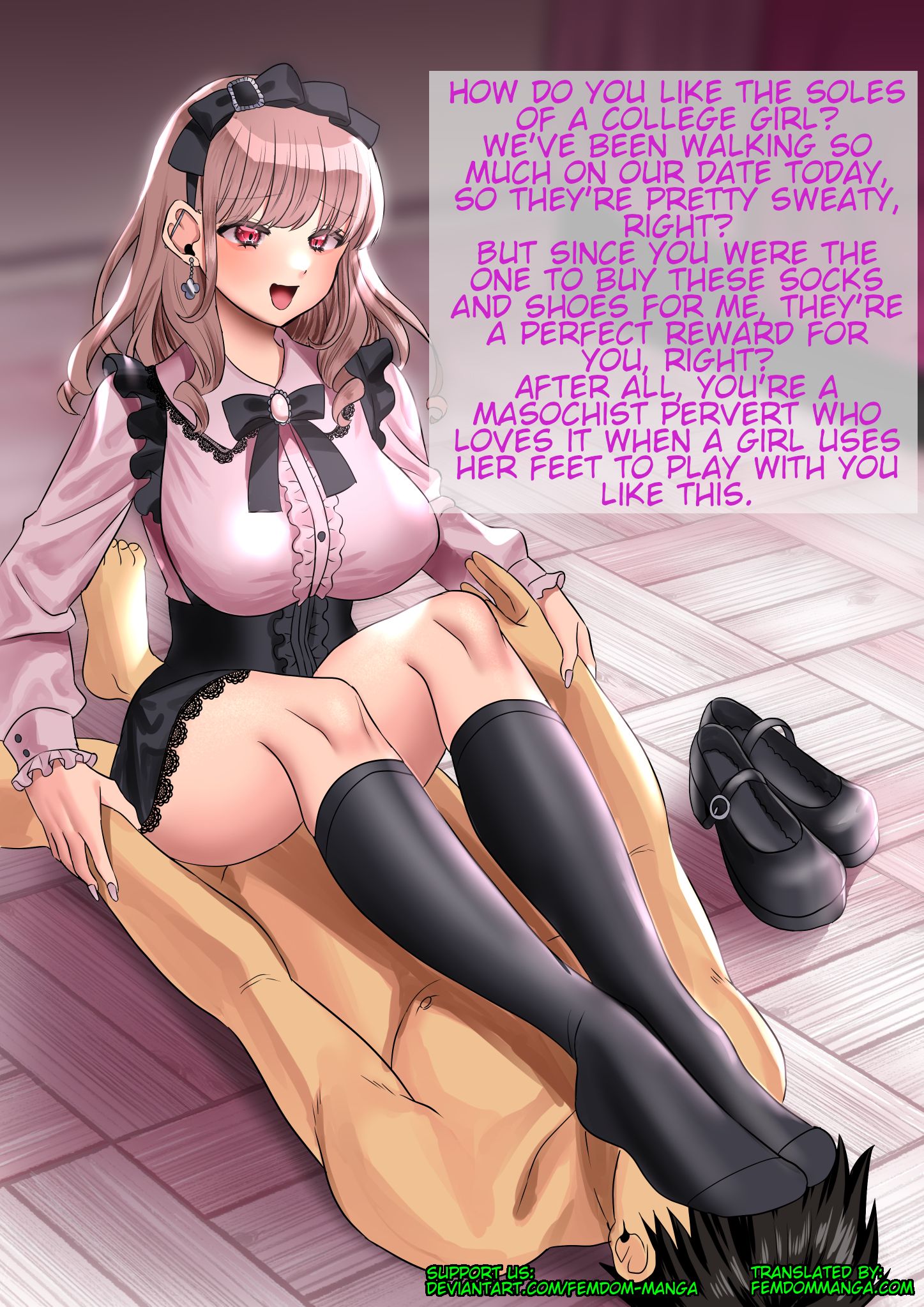

High school is a time of growth, learning, and exploration for many teenagers. It is a period where they begin to discover their interests, passions, and also their sexuality. With the rise of anime and manga, a popular question among high school students these days is whether their favorite anime series, High School DxD, has any hentai content. In this article, we will delve into the world of High School DxD and answer the burning question – does it have hentai? We will also explore the impact of hentai on teenagers and how parents can ensure that their children are consuming high-quality content.
What is High School DxD?
High School DxD is a Japanese light novel series written by Ichiei Ishibumi and illustrated by Miyama-Zero. It was later adapted into a manga series and an anime series. The story follows Issei Hyodo, a perverted high school student who is killed by a fallen angel and is later revived as a devil by Rias Gremory, a high-ranking devil. As he begins his new life as a devil, Issei joins Rias’ Occult Research Club and gets involved in various supernatural adventures.
Hentai in High School DxD:
The term ‘hentai’ is commonly used to refer to sexually explicit or pornographic anime or manga. It is important to note that High School DxD is not classified as a hentai series. However, it does contain some ecchi scenes, which are sexually suggestive but not explicit. These scenes are a common trope in many anime series and are used for comedic or fan service purposes.
High School DxD is also known for its depiction of nudity and sexual themes. However, these scenes are not excessive or gratuitous and are integral to the plot and character development. The series also explores themes of love, relationships, and sexuality in a mature and nuanced manner.
Impact of Hentai on teenagers:
Hentai has been a controversial topic, especially when it comes to its impact on teenagers. As high school students are in the phase of discovering their sexuality, consuming hentai content can have a significant influence on their perception and understanding of sex.
One of the main concerns with hentai is that it portrays unrealistic and often extreme sexual scenarios, which can create unrealistic expectations among teenagers. This can lead to issues such as body image dissatisfaction and unhealthy sexual behavior. Moreover, the lack of proper education and guidance on sexual health and consent in hentai can also be detrimental to teenagers’ development.
Ensuring high-quality content:
While it is important to acknowledge the potential negative impact of hentai on teenagers, it is also essential to recognize that not all anime and manga are created equal. High-quality content can have a positive influence and even serve as a tool for learning and discussion.
The first step in ensuring high-quality content is for parents to be involved in their children’s media consumption. Engaging in open and honest conversations about anime and manga, including High School DxD, can help parents understand their children’s interests and concerns.
It is also crucial for parents to research and understand the content of the series their children are watching. High-quality anime and manga series will have age ratings and content warnings, which can help parents make informed decisions about what is suitable for their children.
Additionally, parents can also look for recommendations from trustworthy sources, such as Common Sense Media, which provides detailed reviews and ratings for various media, including anime and manga.
Conclusion:
In conclusion, while High School DxD does contain ecchi scenes and themes of nudity and sexuality, it is not classified as a hentai series. It is important for parents to be involved in their children’s media consumption and to have open and honest conversations about the content they are watching. By ensuring high-quality content, parents can help their children navigate the world of anime and manga in a healthy and responsible manner. High School DxD, like many other series, can be a source of entertainment and even serve as a tool for learning and discussion when consumed in a responsible and informed manner.